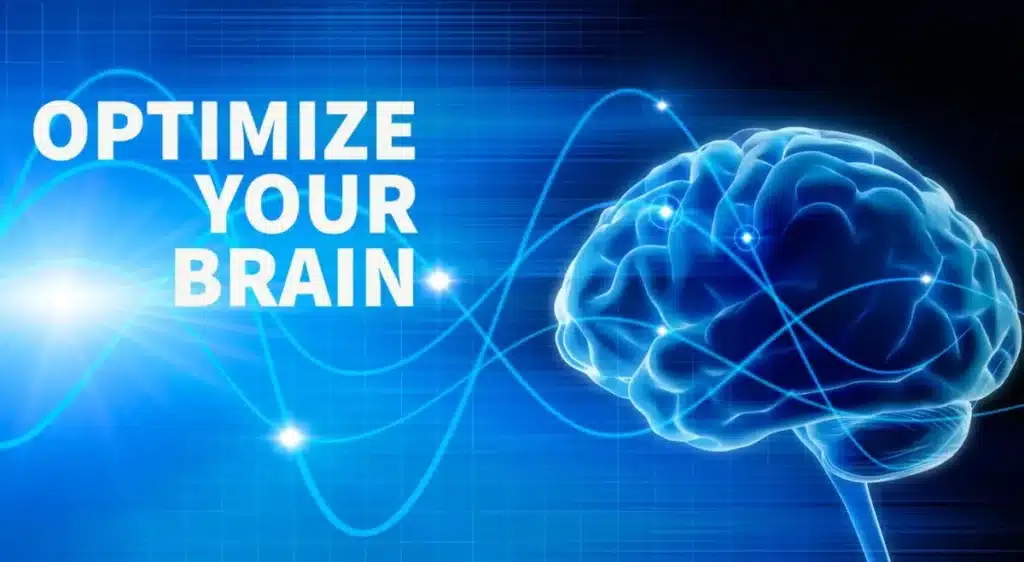Ketamine + Neurofeedback
Combining Ketamine Treatment and Neurofeedback Therapy for Improved Mental Health
Ketamine and neurofeedback can be an effective combined treatment for conditions like treatment-resistant depression and trauma. Ketamine induces a theta brain state that allows the processing of repressed memories, while neurofeedback helps patients gain control over their physiology and neurology.

Experts recommend starting with ketamine 2-3 times weekly for a month to “pick up the big pieces,” then adding neurofeedback 2-3 times weekly to “pick up the little pieces” and reinforce gains. The ketamine infusion frequency is gradually reduced as neurofeedback continues.
This combined approach is more effective than either therapy alone, especially for severe trauma or depression. Ketamine provides rapid antidepressant effects, while neurofeedback helps solidify and extend those benefits.
Patients report ketamine “pushes forward” into the theta state, while neurofeedback allows more control and memory processing without excessive prefrontal activity. Neurofeedback also teaches physiological self-regulation, which is helpful for conditions like anxiety.
Close medical supervision is crucial when combining these powerful therapies, as the effects require careful monitoring and adjustment.
Ketamine Treatment
- Patients typically receive ketamine infusions 2-3 times per week for the first month.
- The ketamine helps induce a theta brain wave state that allows for the processing of repressed memories and trauma.
- The ketamine provides a rapid antidepressant effect and “picks up the big pieces” of the patient’s issues.
Neurofeedback Training
- After the initial ketamine treatment, neurofeedback training is added two times per week.
- The neurofeedback helps the patient gain more control over their physiological and neurological responses.
- It “picks up the little pieces” and reinforces the gains made with the ketamine treatment.
- The neurofeedback training teaches patients to control their brain activity and manage conditions like anxiety and depression.

Combining the Therapies
- Experts recommend using ketamine first to provide the rapid initial benefits, then adding neurofeedback to solidify and extend those effects over time.
- The ketamine dosage is gradually reduced as the neurofeedback training continues.
- This combined approach has been shown to be more effective than either therapy alone for certain patients, particularly those with severe trauma or depression.
What will a session look like?
A typical session begins with the placement of sensors on the head and neck to measure the electrical activity in the brain using an electroencephalograph (EEG) unit. The EEG unit transmits signals to the computer, which responds by sending low-intensity pulses back through the EEG unit to the brain, interrupting irregular patterns, and stimulating new healthy ones – the result is the minimization of unhealthy brain waves and the symptoms associated with them. While improved brain wave patterns can be tracked and documented via EEG, the operation of the system is not dependent upon EEG mapping of any kind.
How many sessions will I need? The number of sessions will vary from person to person. While it may take only a few sessions to recognize any benefits, it will typically take multiple sessions for the effects to establish longevity. A typical series is 10-20 sessions for adults, while youth usually require less. Initial improvements are often temporary, but due to the cumulative nature of the sessions, the improvements last longer with each session. Results typically endure and improve over time.
BOOK AN APPOINTMENT
We provide complimentary consultation on a phone call. One of our experienced doctors will discuss your concerns and provide guidance.
Call us on 480-253-9710 (Scottsdale) or 480-256-9322 (Gilbert), or fill the form below to receive a call back
